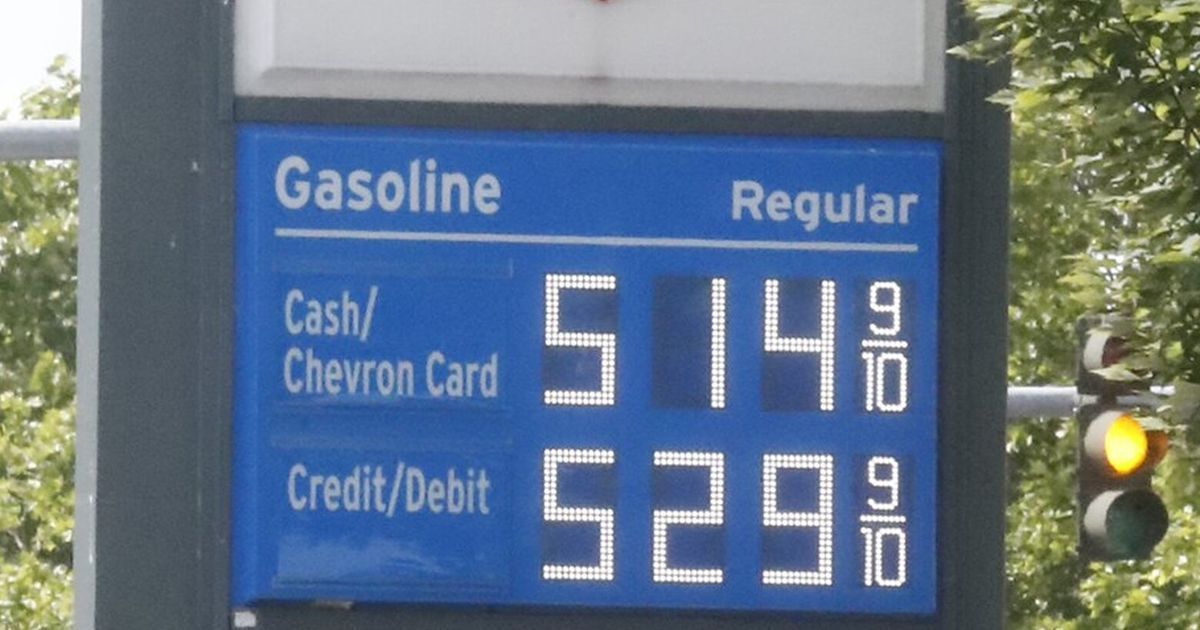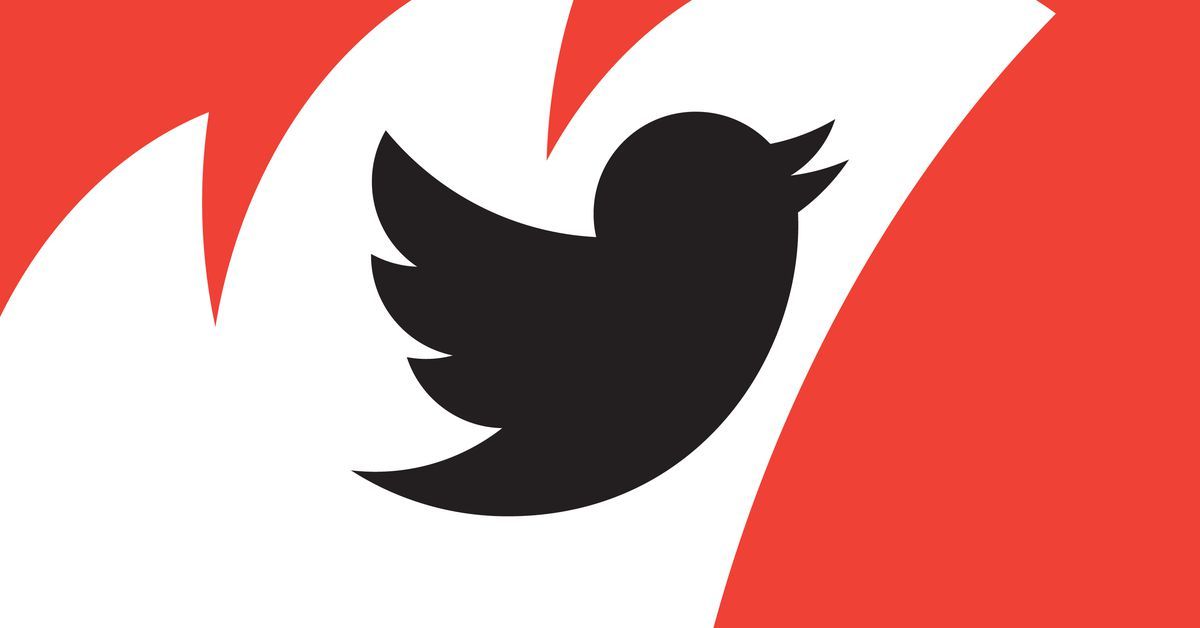On the road between ‘hogwash and baloney’ on WA’s high gas prices
“The oil and gas industry projections around any of this are halfway between hogwash and baloney.”
This was Gov. Jay Inslee, last winter, talking about the prospect that the state’s new climate change policy would cause a significant rise in gasoline prices.
“This is going to have a minimal impact, if any. Pennies. We are talking about pennies,” Inslee said on another occasion.
Well, now we know the impact has not been minimal. Somewhere on the road between hogwash and baloney, Washington ran into reality. Which is that when you charge fossil fuel companies, they pass those costs on and gas prices go up by an amount proportional to that fee.
Washington now has the highest fuel prices in the nation, roughly $5 per gallon, having passed perennial front-runner California for first place. In an excellent review of all this by Seattle Times reporters Isabella Breda and Manuel Villa, economists and others said the state’s new climate change law is responsible for about 50 cents of that — exactly what the hogwash and baloney prognosticators had been predicting.
In one sense this is a “duh” moment. Of course carbon fees increase the price of gas. That’s the point!
Advertising
It’s supposed to ratchet up the cost of gas, so that over time both businesses and consumers are under market pressures to find ways to use less of it. Think cigarette taxes and reducing smoking.
But what should we make of how our green governor hogwashed and baloneyed our way into this?
Since the carbon-pricing program was proposed back in 2021, Inslee’s been saying don’t worry about it. His estimators at the state Department of Ecology said gasoline prices would go up maybe 5 cents, so little you’d scarcely notice.
Off by a factor of 10. Purposely off?
Todd Myers of the right-leaning group the Washington Policy Center is one who got it right. Nearly a year ago he used the state’s own data to estimate prices would go up 46 cents. I asked him whether he thought the state just got it wrong or has been flat-out lying.
“I guess what I would say, to be as charitable as possible, is that there are strong incentives in politics to undersell the costs of a program like this,” he said. “Then when the truth comes out, it’s followed by a sense of ‘We’re doing the right thing, and now people are trying to derail us from doing the right thing.’ ”
Myers knows firsthand about these perils. Seven years ago, he worked on a measure to cut emissions using a carbon fee called Initiative 732. The premise of that campaign, though, was to tell voters the truth: Yes, this will raise your gas prices (about 25 cents per gallon). We’re so sure of that, we’re going to rebate those costs to you by lowering the state sales tax.
Advertising
“By raising the price of gas, people have a clear incentive to be more energy efficient by carpooling, buying a more fuel-efficient car or telecommuting,” Myers wrote a few weeks before the vote in 2016.
Big tactical mistake. Voters, who felt they were being told to eat their broccoli, slaughtered I-732 at the polls. The same fate awaited a follow-up carbon-fee measure, Initiative 1631 in 2018.
The takeaway for political pros was clear: Don’t mess with gas prices. Find ways to message climate policy that aren’t so blunt about pain at the pump.
By 2021, talk of carbon taxes and gasoline prices was out. The Climate Commitment Act, passed by the state Legislature that year, charged the state’s most-polluting businesses, such as fuel producers and refineries, and also put a cap on total emissions. Because the money raised would be spent on projects around the state, the name coined for it was “cap and invest.”
It’s interesting going back and listening to that debate in the Legislature. The talk from backers of the bill is all focused on the fate of the planet and charging corporate polluters — there’s virtually no mention of it costing actual people anything. The dissenters said it would raise gasoline prices. But they knew they were losing the messaging battle.
“This is verbal camouflage, that’s what this is,” one senator, Phil Fortunato, R- Auburn, fumed during a floor debate. “You call it something complicated like ‘cap and trade,’ or ‘cap and invest,’ but the end result is, it’s going to cost you more money for carbon.”
Advertising
Another way to put it is what’s known in academic circles as “strategic misrepresentation.” It’s when political actors soft-pedal costs or hype benefits to push a project across the finish line.
I have a cynical theory about all this. After watching voters in our liberal, green state torpedo one climate initiative after another, I’ve concluded it might be impossible to pass one without strategically misrepresenting it to the public.
That’s because climate fixes are upside-down from what typically wins. They offer immediate pain for speculative future benefit. Pay now, make life better later. That’s the opposite of our usual political formula, which either sells prompt perks or puts costs on a credit card (or both — see federal budget deficit.)
In the end, I’m OK with the 50 cents per gallon, if it starts a shift away from fossil fuels. Beyond the spin job, the biggest failures are that the state didn’t come up with much to make oil companies eat some of those costs or to aid working people who can’t afford it.
Switching from a dirty-fuel economy to a clean one is going to be the most disruptive conversion our society has attempted in my life. The truth is 50 cents a gallon is probably just the beginning.
Should top officials be more honest about all this? Absolutely they should.
But no hogwash or baloney: Would anything ever pass if they were?
Source: The Seattle Times


